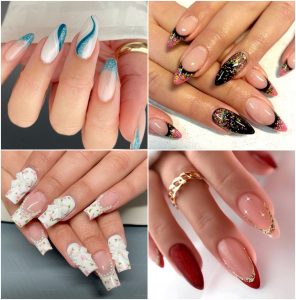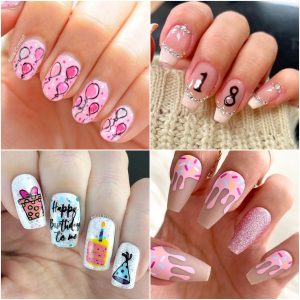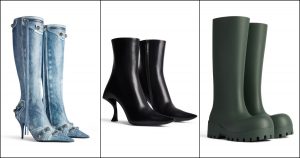
Vintage garments are unique and timeless pieces that truly represent a previous era. According to industry standards, any garment from 20-100 years ago can be considered a vintage piece. In today’s world of fast fashion and cheap knockoffs, vintage clothing offers escapism to any fashion enthusiast.

True vintage garments are one-of-a-kind pieces made by high-end designers. Their value is tied to their timeless style, quality fabric, and uniqueness. If you have a few vintage pieces in your wardrobe, you must preserve them so they may live on.
Ninety-two million tonnes of clothing end up in landfills yearly thanks to cheap materials and fast fashion styles. Vintage is valuable; you can hold on to your vintage clothing for decades with a little extra care. Follow the instructions below to get started.
A vintage garment is like a piece of history. It has lived a life before you. Read the washing instructions carefully before you proceed to wash your vintage wear. If there is no washing label or if you are unsure what to do- it’s best to avoid the washing machine.
The best way to wash your vintage clothing- handwash it at home.

You must treat your vintage clothing with love and care. The moment you notice a rip or a hole, get it repaired. Consult with a professional tailor if the damage is not repairable at home.
Replace broken buttons and apply vaseline on metal zippers to keep them smooth and shiny. You can also get zippers replaced if they look rusty or have stopped zipping. Take it to a professional tailor to avoid further damage.
Read the instructions carefully to understand how to care for your vintage pieces properly. Invest in good-quality cloth storage bags to protect vintage clothing from dust, dirt, mold, and moisture.
Direct sunlight can damage the delicate fibers of your vintage garment. Store them in cotton cloth bags in a clean and well-ventilated closet. An overstuffed closet can become a breeding ground for mold, moths, and mildew.
Regularly clean your wardrobe with vinegar and hot water to eliminate earthy smells and pests. You can also add a few drops of lavender oil to cotton balls inside your closet. Lavender is a natural insect repellent and has a pleasant scent.
Once you are familiar with the washing and storing process for your vintage garment, you can start learning a few pro tricks and tips for vintage care. A few are mentioned below-
In the past few years, there has been an overwhelming interest in vintage clothing and accessories. People value vintage pieces because they tell a story, are a piece of history, and make you stand out from the sea of fast fashion trends. Vintage is also made from superior quality fabrics and comes from designers who created fashion for the love of craft and not unlimited profits. The love for vintage is real and growing. If you are lucky to have a few authentic pieces in your wardrobe, it’s time to pour in some extra TLC- tender love and care!










































































